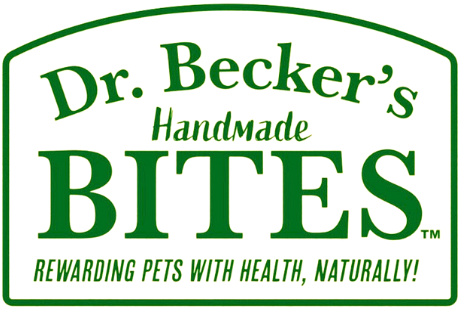Cat’s Claw
 Uncaria tomentosa (popularly known in English as Cat’s Claw, in Spanish as Uña de Gato or as Indian name Vilcacora) is a woody vine found in the tropical jungles of South and Central America, which derives its name from its claw-shaped thorns. Cat’s claw has been used medicinally by the native people of Peru for at least 2,000 years.
Uncaria tomentosa (popularly known in English as Cat’s Claw, in Spanish as Uña de Gato or as Indian name Vilcacora) is a woody vine found in the tropical jungles of South and Central America, which derives its name from its claw-shaped thorns. Cat’s claw has been used medicinally by the native people of Peru for at least 2,000 years.
Called “a wonder herb from the Peruvian Rain Forest”, Cat’s Claw has anti-inflammatory, antioxidant and anticancer agents that support a healthy immune system. A 2005 review of the scholarly literature on Cat’s Claw indicates there is supporting evidence toward its use in treating cancer, inflammation, viral infection and vascular conditions, and for its use as an immunostimulant and an antibacterial agent.
Research around the globe continues on this amazing herb and scientists are still discovering new and novel active chemicals in this plant, even after 2 decades of research on cat’s claw.
RESOURCES
Heitzman, M.E., Neto, C.C., Winiarz, E., Vaisberg, A.J. & Hammon, G.B. (2005). Ethnobotany, phytochemistry and pharmacology of Uncaria (Rubiaceae). Phytochemistry, 66(1), 5-29 Wagner, H., et al. “Die Alkaloide von Uncaria tomentosa und ihre Phagozytose-steigernde Wirkung.” Planta Med. 1985; 51: 419–23 Aguilar, J. L., et al. “Anti-inflammatory activity of two different extracts of Uncaria tomentosa (Rubiaceae).” J. Ethnopharmacol. 2002; 81(2): 271–76. Sandoval, M., et al., “Anti-inflammatory and antioxidant activities of cat’s claw (Uncaria tomentosa and Uncaria guianensis) are independent of their alkaloid content.” Phytomedicine. 2002; 9(4): 325–37. Gonzales, G.F., et al. “Medicinal plants from Peru: a review of plants as potential agents against cancer.” Anticancer Agents Med. Chem. 2006 Sep; 6(5): 429-44. Goncalves, C., et al. “Antioxidant properties of proanthocyanidins of Uncaria tomentosa bark decoction: a mechanism for anti-inflammatory activity.” Phytochemistry. 2005; 66(1): 89-98. Sandoval, M., et al. “Cat’s claw inhibits TNFalpha production and scavenges free radicals: role in cytoprotection.” Free Radic. Biol. Med. 2000; 29(1): 71–8. Garcia, R., et al. “Antimicrobial activity of isopteropodine.” Z. Naturforsch. 2005; 60(5-6): 385-8.
